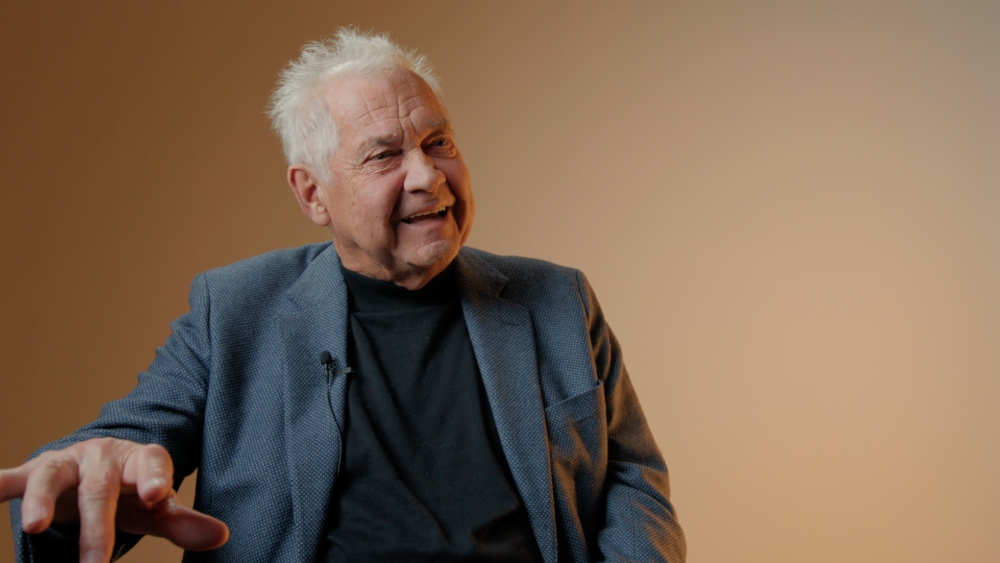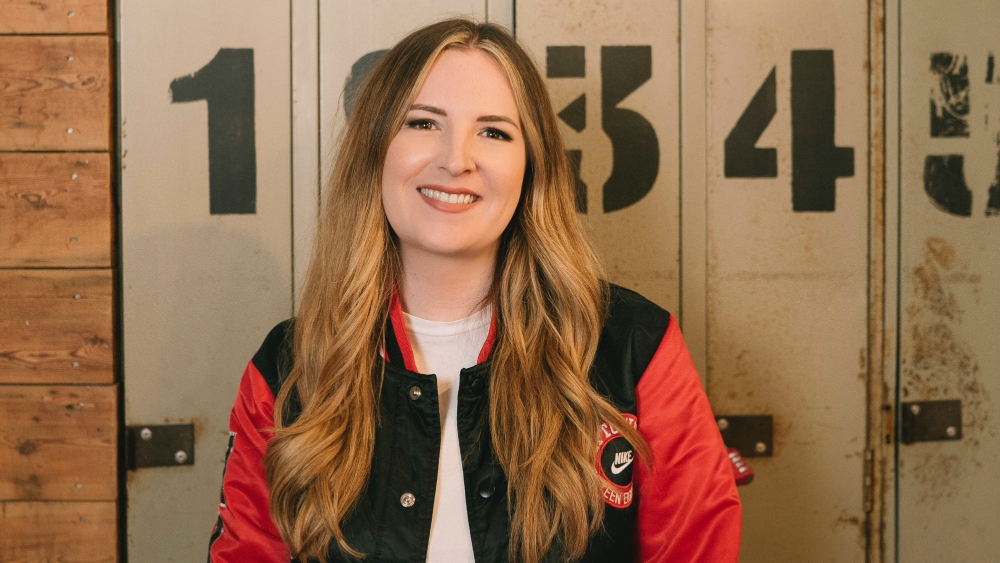‘I never thought I would make it as a professional musician,’ The Cult’s Billy Duffy, a straight-talking, Gretsch-wielding guitar-slinger from Wythenshawe in south Manchester, tells M. ‘From where I was back in 1976, I was like a little rat in the sewer fighting with all the other rats to get out.’
Along with his co-writer Ian Astbury, Billy has defied those odds to live a life of rock’n’roll with a sound to match. Inspired by the punk revolution, the pair formed The Cult in 1983 and have gone on to release 11 studio albums, build up an international fanbase (the band are about to kick off their latest tour in Brazil) and write such distinctive hits as She Sells Sanctuary.
‘I still like sharing that song with the crowd and that’s about as sentimental as I’m going to get about it,’ he laughs. ‘But our recent tour was a sell-out, and I don’t take that for granted. Selling out venues like the Roundhouse and the Royal Albert Hall at this point in our careers is a total buzz.’
Billy remembers the Manchester he grew up in in the 1970s as bleak with scarce opportunities, particularly for anyone leaving school with few qualifications. Faced with a choice between pursuing football or music, the latter ultimately won him over. ‘My biggest aspiration then was to be a roadie,’ he remembers. ‘Music was a glorified hobby to begin with. But then punk happened and suddenly anything seemed possible.’
At this point, Billy, who had badgered his parents into buying him a guitar, was listening to the likes of David Bowie, Slade and Be Bop Deluxe. ‘I needed music that had energy, danger, some sex appeal: you mix all that together and you end up with glam rock,’ he says. ‘Then punk made outsiders the hot new thing. It was the club that all the dinosaurs wanted to be part of, whereas before it had been us trying to break into their world.’
'Selling out venues like the Roundhouse and the Royal Albert Hall at this point in our careers is a total buzz.'
Although Billy went on to play in several Manchester bands (including a stint with Morrissey as part of a punk outfit called The Nosebleeds), it was London where he eventually found his feet as a musician. Having moved to the capital to join an ill-fated band called Studio Sweethearts, Billy ended up working a ‘cushy job’ in a clothes shop on the King’s Road while exploring other creative opportunities.
‘It was grisly for a few years,’ he admits. ‘But I seemed to be employable as a musician, whether because of my attitude, my playing or the haircut. I’d always join bands as a guitar player. I never formed a band [myself], and didn’t like the idea of being a singer and having that kind of attention.’
One such opening came through his friend Boy George, who suggested he speak with Kirk Brandon from Theatre of Hate — a much-hyped outfit in need of a guitarist. The two hit it off and, before he knew it, Billy had ‘joined the circus with Theatre of Hate’.
‘I lasted a year [in Theatre of Hate],’ he recalls. ‘During that time, we toured with this new band from Yorkshire called Southern Death Cult, whose singer was Ian Astbury. We bonded over being northerners.’
After Billy parted company with Theatre of Hate, he moved to Brixton where his new friend tracked him down: Ian had left Southern Death Cult and wanted to work with Billy. ‘In retrospect, Ian probably made the right decision, but at the time I was shocked,’ Billy says now. ‘Back in 1983 Southern Death Cult was supposed to be the next big thing, and Ian just bailed.’
Connecting with Ian marked a step-up for Billy as a music creator. He’d only previously contributed lead guitar parts to records he’d worked on, but now he was front and centre of the songwriting process. ‘The first Death Cult EP [in July 1983] came from me just faking it,’ Billy says. ‘Ian was like: “What you got?” and I just went for it. We still have this very open creative relationship: we get together and what comes out, comes out, whether that be good or bad.’
She Sells Sanctuary arrived at a pivotal moment for The Cult. According to Billy, the group were being pigeonholed as a goth outfit but wanted more, particularly as their contemporaries like Bauhaus and Killing Joke were making hit records.
‘There was this small amount of tension leading up to She Sells Sanctuary,’ Billy tells M. ‘We were a biggish band but had yet to get on Top of the Pops and have a hit, so we were lucky that … Sanctuary happened. Although Ian, I remember, wasn’t too fussed when I first presented the song to him!
‘It has this peculiar, linear-like riff that goes up and down the [guitar] neck rather than across it,' he adds. 'I made that my thing and … Sanctuary was the device where it came together. It was just dumb luck.’
Production came from Steve Brown, who had helmed Wham!’s 1983 debut album Fantastic and hadn’t been ‘our go-to guy’, according to Billy. ‘We sent a package to Steve Lillywhite’s management and the receptionist left it on the front desk with the note “For Steve”. A Steve picked it up, but it wasn’t Steve Lillywhite — it was Steve Brown!’ Billy recalls. ‘He got his start doing rock bands [such as Thin Lizzy] but had become known as a producer of funk and pop. It meant he brought this incredible pop sensibility to what would become our 1985 album Love.'
'Ian Astbury and I still have this very open creative relationship: we get together and what comes out, comes out.'
As guitar music vied for attention in the pop-dominated music landscape of 1985, The Cult knew they were up against it when She Sells Sanctuary was released as a single in May of that year. One of their chief ambitions was to chart inside the UK top 30, the threshold for being featured on Top of the Pops.
‘If you hit the top 30, you got your picture and your name on national television. This was the holy grail,’ the guitarist explains. ‘… Sanctuary was at number 41 for a week or two and we were dying. Gradually, it crept up and we made Top of the Pops.’
Nearly 40 years on, She Sells Sanctuary continues to be an important moment in The Cult’s live sets. Indeed, it’s a song that lives beyond the band.
‘I’m eternally grateful, and I still love playing it every single night,’ Billy tells M. ‘I don’t claim ownership of this piece of music. It has its own thing and, as the performers, we’re just here to serve it.’
The Cult's South American tour kicks off in Rio de Janeiro tomorrow (22 February).





